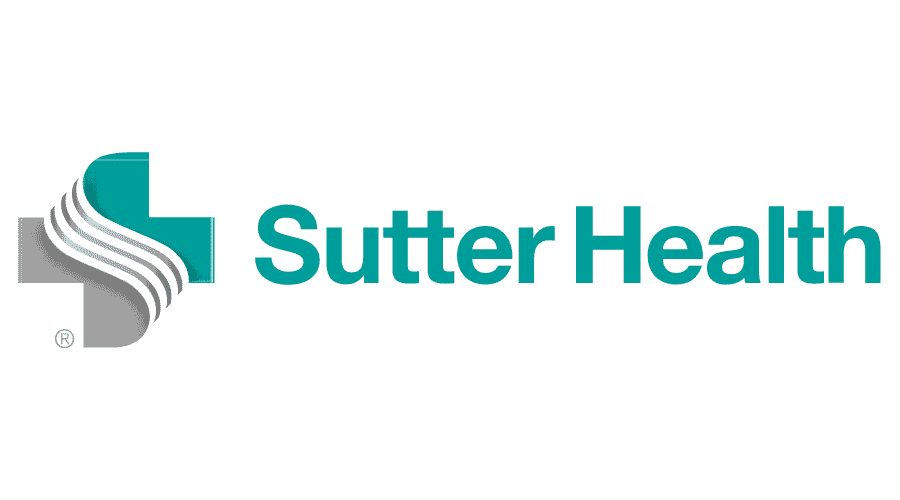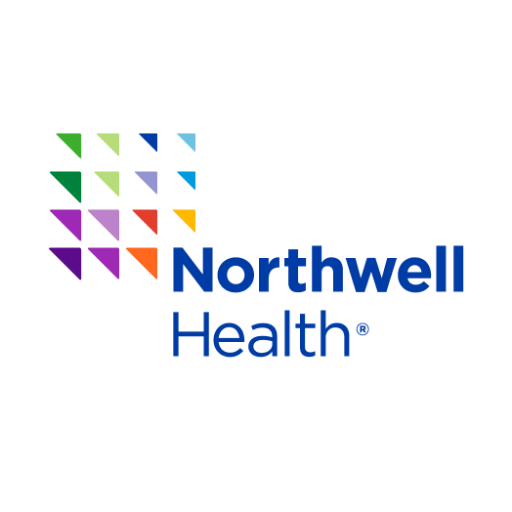Kaiser Permanente Mission and Vision Statement Analysis

Kaiser Permanente mission statement is “to provide high-quality, affordable health care services and to improve the health of our members and the communities we serve.” The statement identifies the critical aspects that the company targets to ensure it gives its client unmatched services. This mission statement comprises the outlined components:
- Improving healthcare. To satisfy this component, the first priority for Kaiser Permanente is to keep its clients healthy. The institutions support health-supportive and preventative programs with specialized medical professionals always ready to help in every way possible. The company takes this seriously and believes the old adage that prevention is better than cure. Only that Kaiser Permanente goes ahead to actually implement the actions rather than simply waiting to manage diseases when they occur. By doing so, the company has stimulated a change in care perspectives giving more focus on the need to keep people healthy.
- Exceeding expectations. Kaiser Permanente is exactly what any client would want for their health care, an available and more than willing physicians. The systems of the company are set in such a way that when one becomes a member, care is right there at their doorstep. The company takes over everything and assures the clients of care beyond the norm or what it calls total health assessment. Surprisingly, Kaiser Permanente takes it seriously to keep the clients educated and aware of their health conditions, something that tremendously boosts the level of care.
- Affordable care plans. The desire to give all its patients a package that suits their needs is a strength that has seen Kaiser Permanente grow as a major healthcare business today. Managing care is clearly a divisive and one of the most challenging issues for many customers. Kaiser acknowledges the presence of this gap, and that is why the company has a wide range of programs to address this challenge. For instance, it has packages for individuals and families, incorporates Medicare and Medicaid and other employer supported mechanisms. Essentially, when it comes to affordability, Kaiser Permanente has done everything to ensure it does not lock out anyone from accessing the best healthcare services they deserve.
Introduction
The mission and vision statements of Kaiser Permanente reflects the determination of the company to not only provide but also establish minimum health care standards in the world. The progressiveness of this institution is proof that it is a leader in the healthcare provision, and its mission and vision statement defines what the company is all about in the sector. For over 70 years, Kaiser Permanente has proven it is a place where everyone looking for superior care should go, especially with a flexible and adaptable system to meet all the needs of its clients.
The contemporary profile also has a lot to do with the ability of the corporate system of this facility to agree with changing dynamics. A corporate mission statement defines the strategic actions the management sees fit to advance the company towards a set future. This future is essentially what is contained in the corporate vision statement.
For Kaiser Permanente, its vision statement focuses on steering the rest of the players to create a life where all people enjoy nothing short of top-quality healthcare. On the other hand, its mission statement points to the various factors that would ensure the company achieves this level of care for all communities. In addition, Kaiser Permanence has progressively maintained its dominance courtesy of the core values that guide the various operations and the general conduct of the employees. In this way, they ensure that everything works and contributes towards the mission and vision statements of the company.
Vision Statement
Kaiser Permanente vision statement is “collaborating with people to help them thrive and creating communities that are among the healthiest in the nation.” The statement illuminates some of the elements present in the mission statement. It is an indication of how the two corporate statements seamlessly work together. Over and above, this vision statement lays emphasis on the influence Kaiser Permanente has in healthcare. It has the following traits:
- Collaborating with people. With this component as part of its vision, Kaiser Permanente agrees that the wholeness of care is only possible when there is a healthy relationship between the client and the care providers. To support this, the company has an interactive team of experts who understand the relational dynamics, how to stimulate and maintain such bonds for comprehensive and most of all quality care. And when it comes to joining Kaiser Permanente community, the registration is simple to ease the interaction process as much as possible.
- Improving life. If there is something Kaiser Permanente has taken with great enthusiasm ever since it was founded, it is its role to improve life. It does not matter at what level, the company is ever ready to participate in developmental processes with a positive impact on the lives of people it serves. For instance, Kaiser Permanente is well-known for its involvement in improving the health of communities, caring for the environment and most of all, sharing knowledge about health.
Core Values
Kaiser Permanente core values comprise “patient-centered care, evidence-based medicine, measurement and accountability, and innovation.” The management of the company does not leave anything to chance, explaining the reason it enforces these values as the guides for all the staff members and partners.
Kaiser Permanente is especially recognized for its distinguished health services, and one of the striking factors is because they prioritize on the patients. The company distances care from conventional business practices, and this is why the focus is never on the profit-making. It also highly values diligent and expertly advanced treatment using scientifically proven approaches. Mind you, the institution does not stop there, it encourages an innovative mindset to contribute to the overall growth of the industry for optimal care outcomes. In relation to this, Kaiser Permanent values verifiable decision-making processes at all levels, as this is a critical requisite for a company that is answerable to everything.
References
- Cady, S. H., Wheeler, J. V., DeWolf, J., & Brodke, M. (2011). Mission, vision, and values: what do they say?. Organization Development Journal, 29(1).
- Chute, C. G., Cohn, S. P., Campbell, K. E., Oliver, D. E., Campbell, J. R., & Computer-Based Patient Record Institute’s Work Group on Codes & Structures. (1996). The content coverage of clinical classifications. Journal of the American Medical Informatics Association, 3(3), 224-233.
- Goodman, R. A., Bunnell, R., & Posner, S. F. (2014). What is “community health”? Examining the meaning of an evolving field in public health. Preventive medicine, 67, S58-S61.
- Kaiser Permanente – About.
- Kantabutra, S., & Avery, G. C. (2010). The power of vision: statements that resonate. Journal of business strategy, 31(1), 37-45.
- Krist, A. H., & Woolf, S. H. (2011). A vision for patient-centered health information systems. Jama, 305(3), 300-301.
- Leutz, W., Greenlick, M., Nonnenkamp, L., & Della Penna, R. (2002). Kaiser Permanente’s manifesto 2005 demonstration: the promises and limits of devolution. Journal of aging & social policy, 14(3-4), 233-244.
- Lorig, K., Stewart, A., Ritter, P., Gonzalez, V., Lynch, J., & Laurent, D. (1996). Outcome measures for health education and other health care interventions. Sage.
- Lucas, J. R. (1998). Anatomy of a vision statement. Management Review, 87(2), 22-27.
- Mullan, F. (2017). Social mission in health professions education: beyond Flexner. Jama, 318(2), 122-123.
- Nagy, V. T. (2001). Clinician-patient communication: its big impact on health. Perm J, 5(4), 45-47.
- Price, D. W., Overton, C. C., Duncan, J. P., Wamsley, D. A., Havens, C., Steinbruegge, J., … & Mipos, D. (2002). Results of the first national Kaiser Permanente continuing medical education needs assessment survey. The Permanente Journal, 6(1), 76.
- Raymond, B. (2005). The Kaiser Permanente IT transformation: the vision of transforming business processes by using technology to connect medical records with revenue cycle operations is becoming a reality. Healthcare Financial Management, 59(1), 62-67.
- Schilling, L., Chase, A., Kehrli, S., Liu, A. Y., Stiefel, M. M., & Brentari, R. (2010). Kaiser Permanente’s performance improvement system, part 1: from benchmarking to executing on strategic priorities. The Joint Commission Journal on Quality and Patient Safety, 36(11), 484-AP5.
- Strandberg-Larsen, M., Schiøtz, M. L., & Frølich, A. (2007). Kaiser Permanente revisited–. In Meeting the health care needs of tourists (Vol. 13, No. 4, p. 24).
- Zingo, C. A. (1997). Maintenance Organization. Nursing Informatics: The Impact of Nursing Knowledge on Health Care Informatics, 46, 27.











